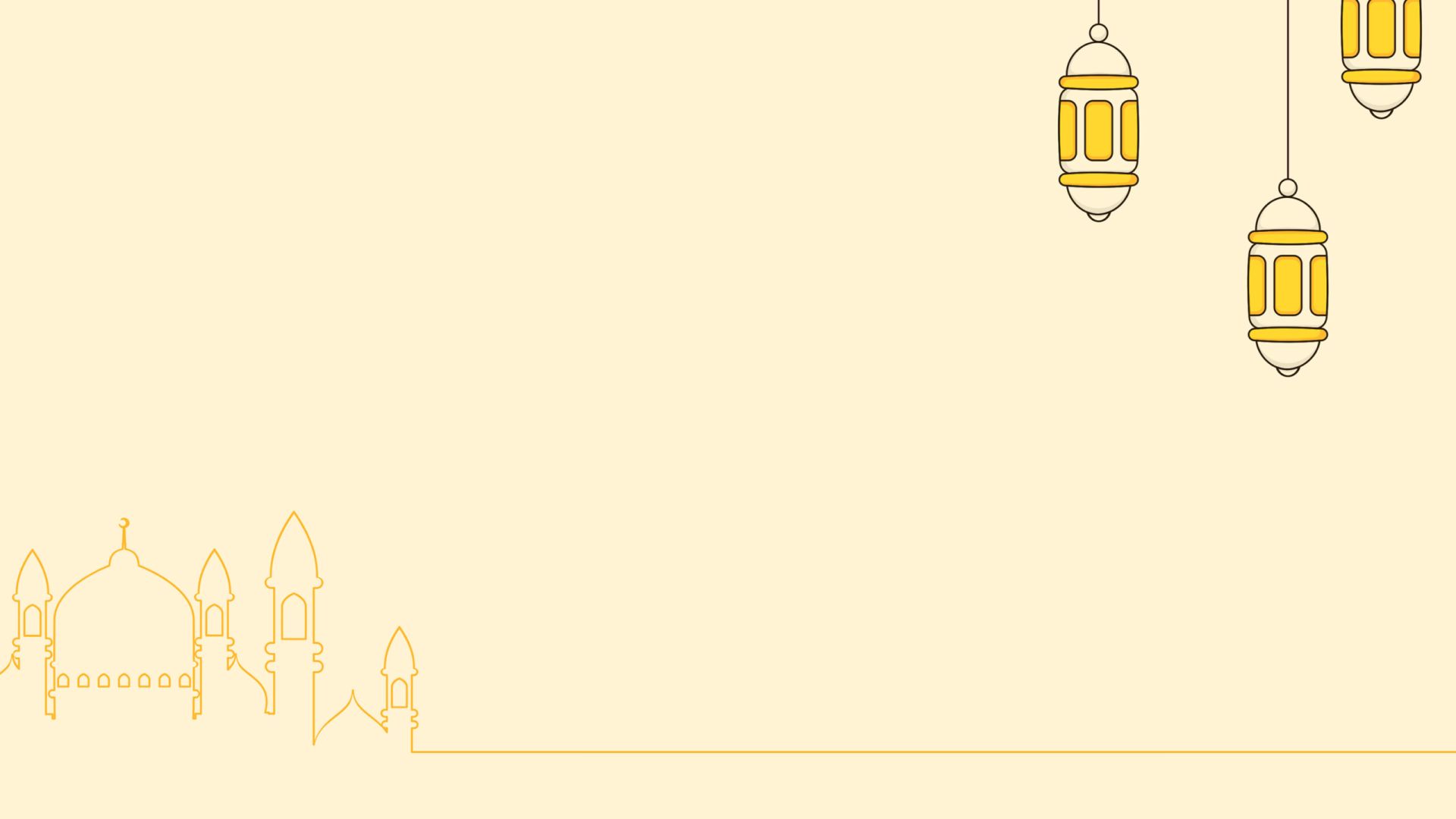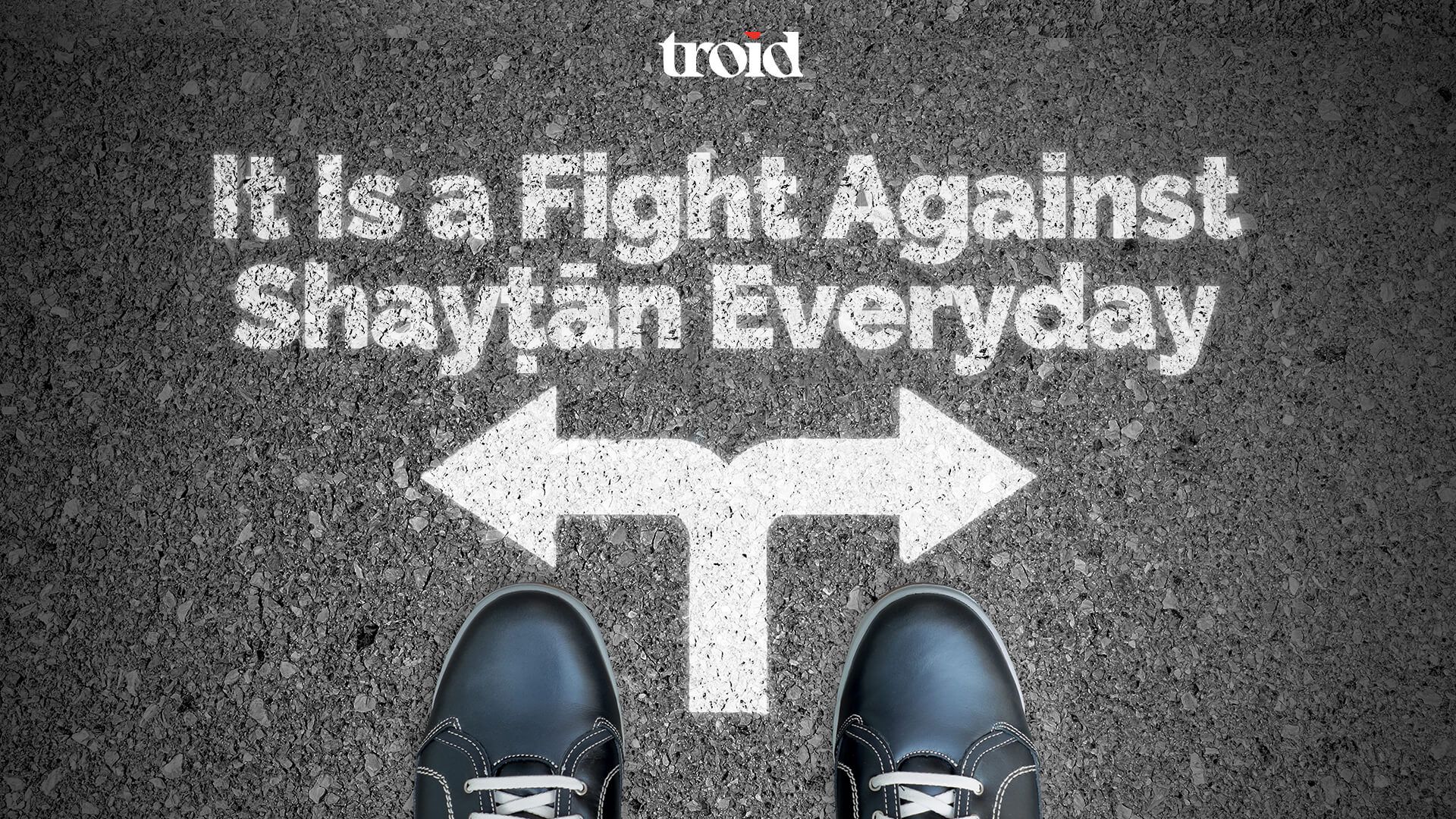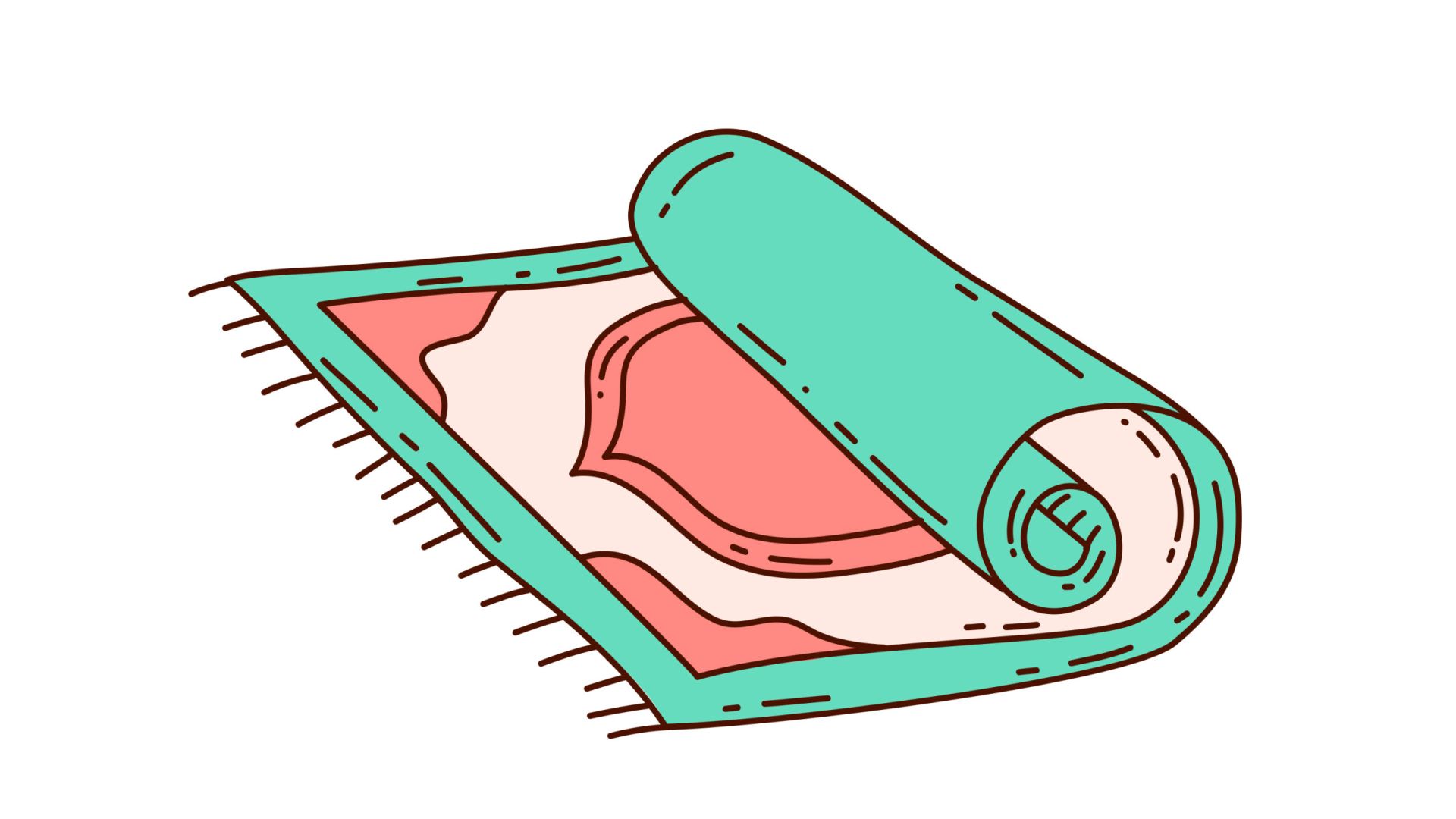The Islamic Ruling on Circumcision for Males and Females
Imām Muḥammad ibn Ṣāliḥ al-ʿUthaymīn


Imām Muḥammad ibn Ṣāliḥ al-ʿUthaymīn (d. 1421 AH) said:
Circumcision is obligatory provided one does not fear that the procedure will cause him harm. The practice of circumcision was started by Ibrāhīm (ﷺ).1
The Procedure of Circumcision
With regards to males, it is the removal of the foreskin located above the glans [penis]. As for females, it is the excess piece of flesh located above the place of [sexual] penetration. The jurists (raḥimahumullāh) say: It resembles the crest of a rooster.
The Opinion of the Ḥanbalī Madh`hab
The [Ḥanbalī] madh`hab holds the opinion that circumcision is obligatory for both sexes. It has also been said that it is obligatory upon males and not females. This was the opinion taken by the [jurist] Al-Muwaffaq (raḥimahullāh). Another opinion is that it is recommended [Sunnah] for males and females. Ibn al-Qayyim (raḥimahullāh) extensively discusses this matter in Tuḥfah al-Mawdūd and mentions the evidence for the different views. However, he does not adopt an opinion himself. It is as if—and Allāh knows best—he was not able to view any opinion as unequivocal in this matter.
The Correct Opinion on Circumcision
The closest view [to soundness] is that it is obligatory for males, and recommended [Sunnah] for females.
The wisdom behind this differential [ruling] is that it leads to the betterment of the male. This betterment concerns primarily cleanliness which is among the prerequisites for the performing of ṣalāh. Indeed, if the foreskin is left and urine exits from the glans penis, it gathers within this area and remains. It then leads to rashes and inflammation. Also, any squeezing or movement of this foreskin may cause [unintentional] urination resulting in a state of impurity [i.e for his clothing and the obligation of repeating wuḍūʾ].
As for females, its benefit is that it lessens her lust and desire. Therefore, its removal would be in pursuit of perfection, not concerning the removal of that which is harmful [as it would be for the males].
Prerequisites for Circumcision
[The procedure] must be performed by a physician of sufficient skill who possesses knowledge of how a circumcision is done. If one cannot find such a physician, it is permissible for him to circumcise himself if he is able to do so. For Ibrāhīm (ﷺ) circumcised himself.2
The other prerequisite is that one does not fear that he will harm or kill himself [as a result of the procedure]. If he does have this fear, then [circumcision] is not obligatory. This is a prerequisite that is applicable to everything that has been made obligatory. It ceases to be compulsory if one lacks the ability to perform it, or its performance would result in undue harm, or loss of life.
It is also permissible for the one performing the circumcision to look at the private part of the one being circumcised even if this person has reached the age of ten. This is because there is a clear need.
Evidence for the Correct Opinion on Circumcision
The evidence for Its obligation for Males
- The ḥadīth ‘Five things are from the natural disposition of man [fiṭrah],’3
among which circumcision is mentioned. - His (ﷺ) order for the one who accepts Islām to be circumcised.4
- Circumcision is a distinguishing feature that sets the Muslims apart from the Christians. To the extent that in battles the Muslims would use circumcision to determine their dead [soldiers] from the enemy. The Muslims, the Arabs before Islām, and the Jews all used to engage in circumcision while the Christians did not. Insofar as it is a distinguishing feature, it must be considered obligatory.
- It is the removal of a part of the body which is, under normal circumstances, ḥarām. That which is ḥarām cannot be made permissible except by that which is obligatory.
- It is performed by the guardian of the orphan for the orphan. It would otherwise be considered a form of violation on both the body of the orphan and his wealth. This is because the one performing the circumcision is paid from the orphan’s money in the majority of cases. Thus, if circumcision is not obligatory, it would be impermissible for the orphan’s guardian to violate his body and wealth in this way.
The Evidence for Its Recommendation for Females
As for females, the strongest opinion is that it is recommended [Sunnah].5 The evidence of this is his (ﷺ) saying: ‘Circumcision is obligatory for males, a means of nobility and excellence for females.’6
However, the ḥadīth is weak. Otherwise, we would have considered the debate settled [in light of it].
Endnotes:
1. Weak; The only authentic narration to this effect was narrated by Al-Bukhārī in ‘Al-Adab al-Mufrad’:1250 and Al-Bayhaqī in ‘Al-Shuʿab’: 8640 both from the saying of Saʿīd ibn al-Musayyib. The narrations that go to the Prophet (ﷺ) are all weak. From them are: Ibn Abī ʿĀṣim in ‘Al-Awāʾil’: 19; Ibn ʿAsākir in ‘Al-Tārīkh’ 6:201; and Ibn ʿAdī 1:360.
2. Authentic: Narrated by Al-Bukhāri: 3356 and Muslim: 2370.
3. Authentic: Narrated by Al-Bukhārī: 6297 and Muslim: 257.
4. Ḥasan: Graded as such by Al-Nawawī in al-Majmūʿ 2:154. Also, Al-Bukhārī in ‘al-Adab al-Mufrad’: 1252, except that this narration is from the saying of al-Zuhrī, not from the Prophet (ﷺ).
5. Translator’s note: Female circumcision is sunnah, but only in the way described in the ḥadīth where the Prophet (ﷺ) ordered a woman who used to perform female circumcision in Madīnah: ‘Do not mutilate it, for verily that is more enjoyable for the female and more beloved for her husband.’ Narrated by Abū Dāwūd: 5271 and graded authentic by Shaykh al-Albānī. Al-Māwardī said in his explanation of this ḥadīth: Her circumcision is to remove the piece of flesh at the top of her private area over the place of sexual penetration that has the appearance of a date seed or the crest of a rooster. Only the upper most part is to be removed, not from its base.’ Ibn al-Sabbāgh said in ‘al-Shāmil’: “When it is removed, its base should be left.” Al-Juwaynī said: “The ḥadīth proves that only a small amount is taken.” See Tuḥfah al-Mawdūd’: 190-192
6. Weak: graded as such by Al-Bayhaqī, Ibn ʿAbd Al-Barr, Ibn Ḥajar and others. Narrated by Aḥmad 5:75 and Al-Bayhaqī 8:325.
Source: Al-Sharḥ al-Mumtiʿ 1:163-167
Translated by: Riyāḍ al-Kanadī







